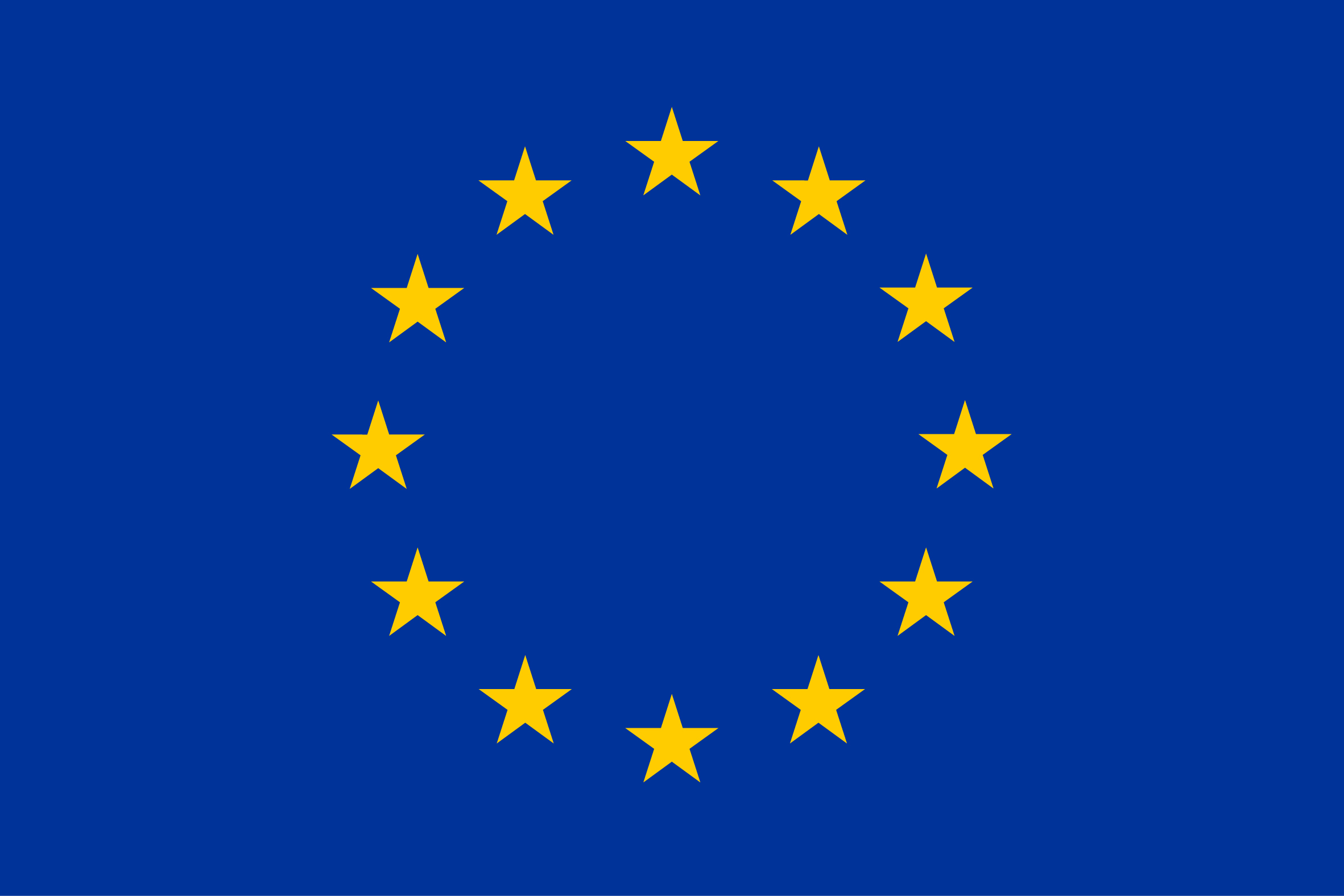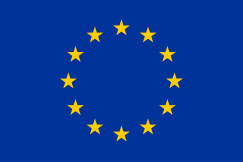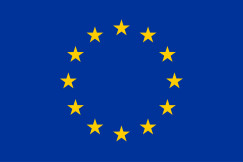Legislation
30 May 2025
Directive on undesirable substances in animal feed
Legislation
30 May 2025
1. Healthy, balanced and sustainable diets for all European consumers
Login / create an account to be able to react
-
26

The EU legislation on undesirable substances in animal nutrition, consolidated by Directive 2002/32/EC, aims to ensure that animal feed is safe, genuine, and of high quality, posing no threat to human or animal health, nor adversely affecting livestock production or the environment.
This directive establishes maximum permissible levels for contaminants like heavy metals and dioxins in all animal feed products, including imports, and is regularly updated to reflect scientific and technical advancements.
Editorial team
European Commission - DG SANTE
Topics
EU-27
EU Institutions
-
CoC aspirational objectives
-
-
1. Healthy, balanced and sustainable diets for all European consumers
-
Share
The aim of EU legislation on undesirable substances in animal nutrition is to ensure that feed is put into circulation only if they are sound, genuine and of merchantable quality and, when correctly used, do not represent any danger to human health, animal health or the environment or do not adversely affect livestock production.
EU legislation on undesirable substances in animal feed was consolidated by Directive 2002/32/EC, which has been subsequently regularly amended in the light of developments in scientific and technical knowledge.
The directive sets maximum levels for undesirable substances and products, or contaminants, in animal feed within the EU, including imports, to limit the risks of toxic or adverse effects on animal production. The directive applies to all feed products, including raw materials, additives, and complementary feedingstuffs, and sets specific limit values for undesirable substances such as heavy metals, dioxins, and pesticides, detailed in Annex I.
When maximum levels are exceeded, EU countries must work with businesses to investigate the sources and report their findings and any actions taken to the European Commission. To prevent fraud, the directive prohibits mixing products that exceed these limits.
Additionally, if an EU country identifies a risk to animal or human health or the environment from a set maximum level, it may temporarily enforce stricter limits until a decision is made by either the Council or the Commission, ensuring that such decisions are publicly disclosed.
Related regulations:
Directive 2002/32/EC on undesirable substances in animal feed
Regulation (EC) No 882/2004 on official controls performed to ensure the verification of compliance with feed and food law, animal health and animal welfare rules
Comments (0)
See also
-
5
Nutrition and Health Claims
- Categories
- 2. Prevention and reduction of food loss and waste 3. A climate - neutral food chain in Europe by 2050 4. An optimised circular and resource-efficient food chain in Europe +3 more
-
17
Regulation on aid compatible with the internal markets
- Categories
- 2. Prevention and reduction of food loss and waste 3. A climate - neutral food chain in Europe by 2050 4. An optimised circular and resource-efficient food chain in Europe +3 more
-
4
Renewable Energy Directive
- Categories
- 2. Prevention and reduction of food loss and waste 3. A climate - neutral food chain in Europe by 2050 4. An optimised circular and resource-efficient food chain in Europe +3 more




